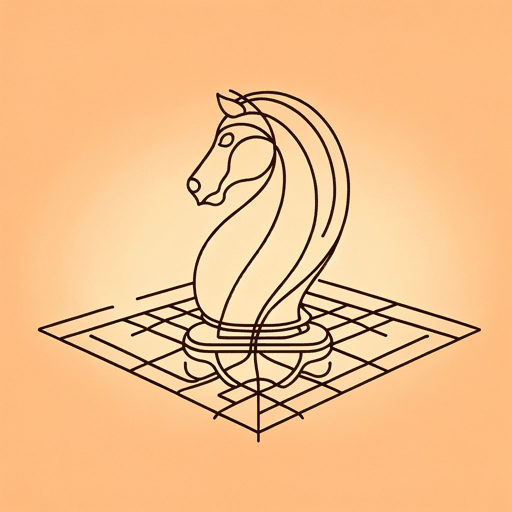69 pages • 2 hours read
Sun TzuThe Art of War
Nonfiction | Book | Adult | BCEA modern alternative to SparkNotes and CliffsNotes, SuperSummary offers high-quality Study Guides with detailed chapter summaries and analysis of major themes, characters, and more. For select classroom titles, we also provide Teaching Guides with discussion and quiz questions to prompt student engagement.
Chapters 4-8Chapter Summaries & Analyses
Chapter 4 Summary: “Tactical Dispositions”
A good army barricades itself into an unassailable position and waits for the enemy to display a weakness that can be attacked. Public heroes win through difficulty, but wise generals plan carefully and win with ease. They do so by being impossible to defeat and then taking advantage of the enemy’s mistakes.
Clever commanders keep their armies largely hidden; then, when the moment is right, the army attacks with sudden, devastating ferocity. They prepare for this moment by carefully measuring the weather, counting up relative strengths, calculating the odds of winning, and, at the right moment, releasing their forces “like the bursting of pent-up waters into a chasm a thousand fathoms deep” (4.20).
Chapter 5 Summary: “Energy”
Leading a large army is similar to leading a small force, except that the large one is divided up and organized with careful signaling.
Energy may be directed against an enemy in two basic ways: direct and indirect. Combinations of direct and indirect engagements are endless and can be arranged in infinite variety. Direct attacks pour strength against an enemy, while indirect attacks create the appearance of disorder, luring the enemy into situations where they can be defeated.
Capable generals divide their troops into different roles depending on their relative strengths, using power here and deceit there to create a total effect that fools the enemy and then routs it.
Featured Collections
Asian History
View Collection
Books About Leadership
View Collection
Business & Economics
View Collection
Challenging Authority
View Collection
Chinese Studies
View Collection
Memorial Day Reads
View Collection
Military Reads
View Collection
Politics & Government
View Collection
Power
View Collection
Required Reading Lists
View Collection
Teams & Gangs
View Collection
War
View Collection

